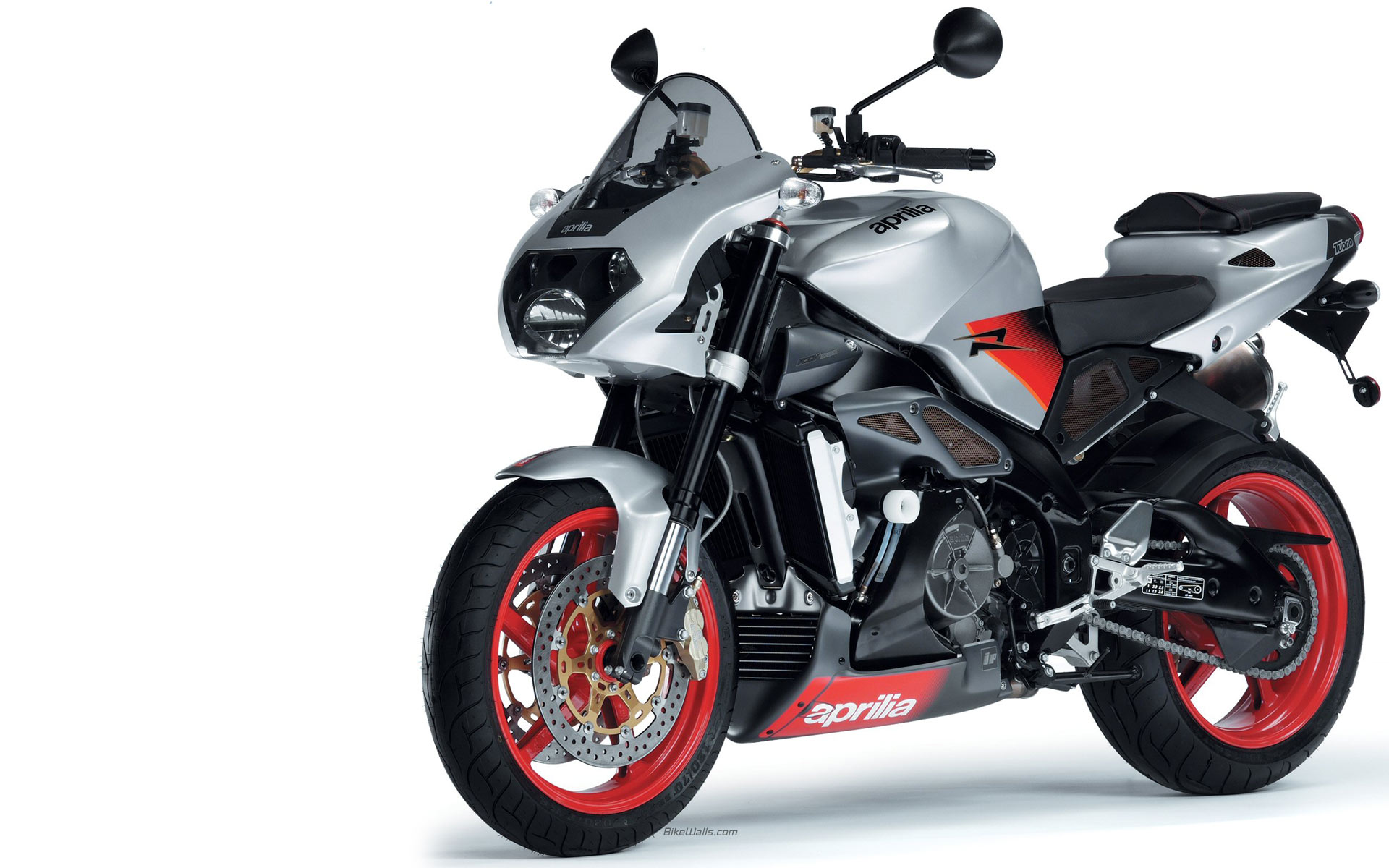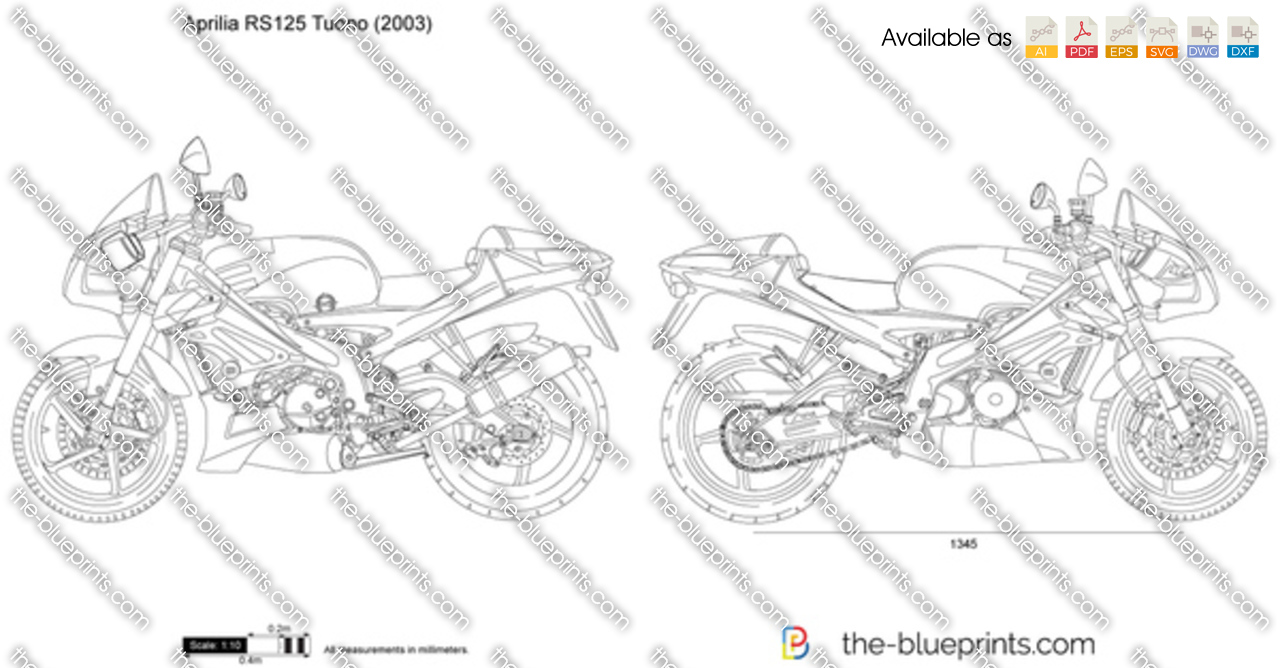It's the closest thing you'll find to a genuine Grand Prix racing
machine on the road, be it two wheels or four. Its 250cc two-stroke
motor produces in excess of 60 brake horses, giving it a specific output
of 240 bhp per litre - more than the fastest MotoGP bikes and on a par
with competitive Formula One engines. And it's the last one - the
fire-breathing two-stroke racer-roadster is about to become extinct.
The next batch of Aprilia RS250 road bikes will be the last - as the
last bike of its type, it's the last chance to own one new. Ever!!!!
Around 40 years ago, the two-stroke engine came into its heyday. The
engines were cheap to manufacture, and produced exceptional performance
in comparison to four-strokes of equivalent capacity.
Yamaha, Suzuki and Kawasaki sold thousands of 250 two-strokes based
around their racing machines and many of the biggest names in motorcycle
sport got their start in the 250 production racing class. In Grand Prix
racing, the two-stroke quickly became unbeatable. Producing an
unreliable 50bhp in the sixties, the development of the two-stroke
racing motorcycle continued at breakneck speed for four decades, with
the top 250s of today producing 100bhp plus.

Throughout the sixties the wail of expansion chambers slowly but
surely banished the roar of four-stroke racing machinery at world
championship level, at first in the smaller classes, and eventually in
all classes. Once Yamaha worked out that it could shoehorn two 250s
together and make a four-cylinder 500, the writing was on the wall.
Jarno Saarinen scored the first win in the premier-class by a
four-cylinder two-stroke machine in May 1973, and Giacomo Agostini rode
to the last four-stroke machine to victory (prior to the current rule
changes), at the Nurburgring in August 1976. It was the end of the
four-stroke era, the last victory by MV Agusta and Agostini's last as
well.

Aprilia didn't enter racing until the late eighties, winning its
first GP in 1987, its first 125 title in 1992 and its first 250 title in
the hands of Max Biaggi in 1994 and since that time the majority of
bikes on the 125 and 250 World Championship grids have been produced by
Aprilia.The need for harsher emission standards for road-going machinery
was having an opposite effect on the two-stroke's success on the road
however.
The last 250 two-stroke manufacturer of road bikes in Japan was
Suzuki and Aprilia has been using the Suzuki v-twin 250 two-stroke motor
as the heart of its roadster since then. With Suzuki ceasing
production, Aprilia no longer has a supply of motors and is running out
its road bike RS250 models and the 2004 model will be the last - the
very last example of a breed of motorcycle which will hold a special
place in the heart of motorcycle enthusiasts forever.
In 2003, Aprilia's 250 race bikes won 14 of the 16 world championship
races, with five different Aprilia riders standing atop the podium.
Significantly, the speed traps often showed the fastest ten riders were
all Aprilia mounted. Not surprisingly, the roadster bears a very strong
visual relationship to Aprilia works racing bikes which won the World
250 title last year in the hands of Manual Poggiali.And riding it was a
HOOT!
At low engine speeds, it has less power than a 125 scooter, and even
when the revs climb past 5000 rpm, the engine is still clearing its
throat, but pedal the gearbox to keep the revs above 8000rpm, and it is
one of the most thrilling experiences you'll have on two wheels.Though
the two-stroke 90' V twin engine may have originated from Suzuki, it's
Aprilia's knowledge of the induction and exhaust cycles which give the
RS250 the edge over the same motor in its last guise as a Suzuki.
Actually, an edge is too much of an understatement.
For the last few years the Aprilia 250 has won every production race
at the Australian titles and in some years has scored every POINT - i.e.
it took all 15 point scoring places at all rounds of the title. There
are almost as many changes to the motor than bits you'd recognise as
Suzuki, with the resultant unit having the finest credentials ever to
grace a 250 two-stroke roadster.
Funnily enough, while the motor kicks hard over 8000rpm, it is not
the motor that is most likely to catch the RS250 rider out - it's the
brakes.
With a dry weight of 140 kilograms and two 298 mm diameter floating
disks on the front wheel, with two Brembo twin-piston callipres on each
(with four differentiated diameter pistons), the front brake has more
power than you'd have thought possible. Though it has loads of feel, it
warrants immense respect because once you've become comfortable with the
RS around the roads, you'll find yourself getting into corners with the
back wheel OFF THE GROUND!!!

If you fancy yourself backing a road bike into corners this is the
bike you can do it on. Alongside a Buell, this is the easiest bike we've
ever ridden upon which to perform very impressive stoppies (getting the
back wheel waaay off the ground under brakes. Given its tenuous
relationship to the tarmac under deceleration, the 220 mm diameter
twin-piston rear brake is gentle and progressive. Nor is the 60
horsepower motor and its 220 kmh top speed the most impressive aspect -
that's almost certainly the chassis and suspension set-up, which offers a
precision unmatched by anything registerable on two wheels.
So precise is the steering that it feels like you can claim any spot
on the road just by willing the machine over it, regardless of the speed
or camber of the bend.So it is a roadbike, and it can be ridden on the
roads every day without the motor filling up with gunk, but the road is
just not its natural habitat.
The RS250 is a racer first and a roadster second. Though it has
pillion pegs, don't even think about trying to carry a pillion unless
there's absolutely no alternative - it's painfully uncomfortable for
both, the bike is unbalanced and walking might be a better solution.
The RS250 is ideally something to buy to put in the garage and stay
there except for track days. It is a motorcycle to be oggled for its
craftsmanship - next time you get near one of these babies, take a bit
of time to check out the swinging-arm, the effort that has gone into
wrapping those expansion chambers around the motorcycle so NOTHING
scrapes (this is a motorcycle upon which you'll get your knee on the
ground before something else touches), and just behold the attention to
detail, all the way down to the race computer with adjustable redline
and lap timing which nestles inside the fairing.
It is the finest example of a breed of motorcycle which is about to
become extinct. It is also the final example - the point at which
evolution stopped after 50 years of refinement and development of the
roadgoing two-stroke.
I think I'll go and have a good cry!!!!



















































